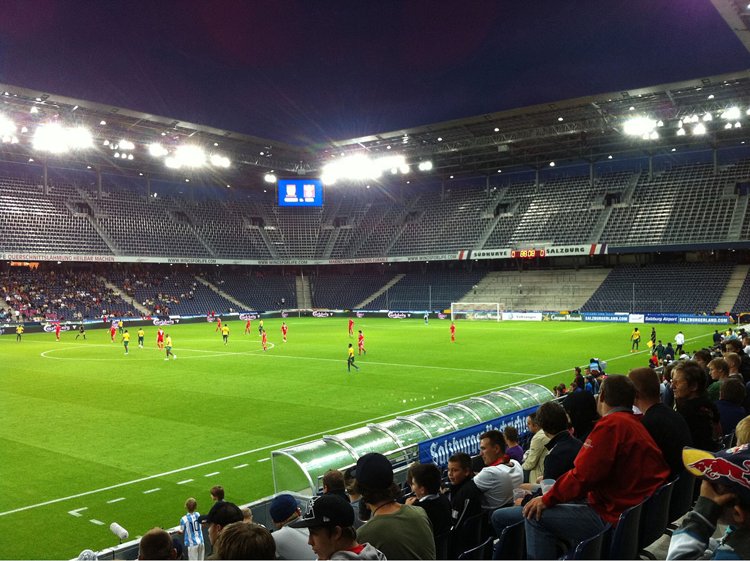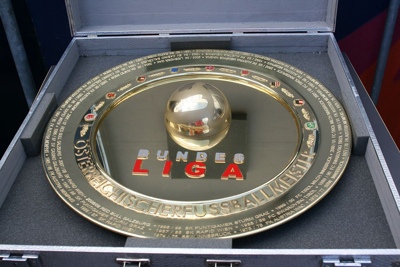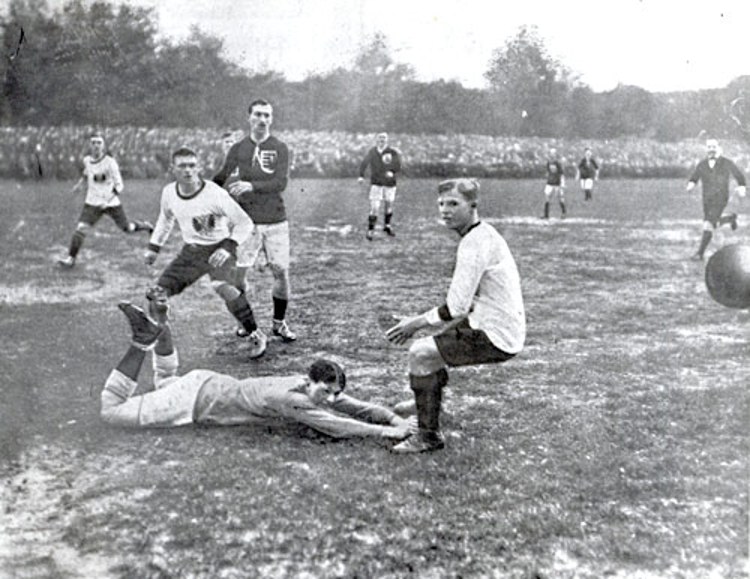Austrian Bundesliga Stadiums & Stats

Though football has been played in Austria since around 1890, the Austrian Bundesliga in its current format wasn’t actually introduced to the country until 1974. Over the years that followed, the leagues below it on the Austrian Football League pyramid were also changed and adapted to fit in with the new look of the sport in the country. The Nationalliga became the Bundesliga – Second Division in 1976, for example.
Over the years both of the top two divisions of Austrian football have had numerous names thanks to sponsorship. Since 2018 the top flight has been known as the tipico Bundesliga thanks to a deal with sports betting provider.
On this page you’ll learn about the league itself, including the format used for the teams that play their football in it, as well as the history of the league and how it became the organisation it is today. We’ll also tell you about the sort of stadiums you’re likely to encounter, should you decide to take a trip to Austria and catch a match or two.
Stadium Stats
| Stadium | Year Opened | Capacity | Ave Attendance | Record Attendance | Record Attendance Match |
|---|---|---|---|---|---|
|
Red Bull Arena (Salzburg)
FC Red Bull Salzburg |
2003 | 31895 | 7011 | 30188 | FC Red Bull Salzburg v Arsenal (2007) |
Team Stats
| Team | Year Founded | Nickname | Team Owner |
|---|---|---|---|
| FC Red Bull Salzburg | 1933 | Die Roten Bullen (The Red Bulls) | Red Bull |
Austrian Bundesliga Stadiums

Football is popular in Austria, which probably explains why the national side plays its games at the Ernst Happel Stadion; a ground that is capable of welcoming just shy of 51,000 people through its doors.
That is the exception rather than the rule, however, with the vast majority of stadiums having capacities of less than 7,000. That said, that’s mainly because there are over one-hundred football clubs in Austria, a country with a population just shy of 9 million, yet only around thirty of the country’s clubs are able to play in the top two divisions at any one time.
Size-wise, the Hypo-Arena is the next largest after the Ernst Happel, boasting 32,000 seats, whilst the Red Bull Arena is not far behind thanks to the 31,895 seats present in the home of FC Red Bull Salzburg.
In terms of style, most of the more modern stadia are built in the popular ‘bowl’ style that has become the chosen look of venues across Europe. The continuous seating and unimpeded views make this design type an obvious choice for football clubs to opt for. There are still more than a few that follow the more classically ‘British’ style of having a stand running parallel to each side of the pitch, though.
About The League

As with a number of leagues in Europe where there aren’t a huge amount of teams plying their trade, the Austrian Bundesliga operates in a manner that’s likely to be slightly alien to those that tend to watch the English leagues more often than any others.
The way the league is structured involves all teams playing twenty-two matches before the division is split in two. The top six teams then play against each other to decide who will win the championship, whilst the bottom six go head-to-head in order to figure out who will be relegated to the Austrian Football First League.
The changes to the system were confirmed in 2016 before being introduced for the 2018-2019 season and onwards. Prior to that both of the top two divisions had ten teams competing in them, but alterations to the relegation and promotion to and from the Bundesliga occurred at the end of the 2017-2018 season. That saw the Bundesliga increase to being a twelve-team competition, with the First League having sixteen teams instead.
Austrian Bundesliga History

League football in Austria has its basis in a cup competition called the Neues Wiener Tagblatt Pokal, which began in 1910. Despite technically being a cup, it was played in a league format, leading to the formation of the first Austrian football championship in 1911.
In 1924 it began to be considered to be a professional league, changing its name to I. Liga. It turned countrywide when the Nationalliga was introduced in 1937, but it only lasted for a single campaign before Austria’s annexation by Germany brought it to a swift conclusion.
A league close in format to the one we know today was introduced by the Austrian Football Association in 1974. Over the years that followed the format was changed countless times, with the Austrian FA never quite making its mind up about how many teams it wanted playing in it.
From 1991 onwards the Bundesliga has been treated as a separate organisation from the rest of the country’s football, taking charge of the organisation of the top two leagues.
